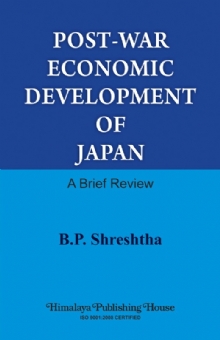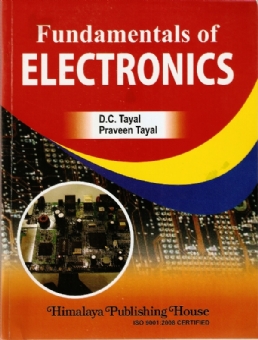Emerging only forty years ago as a defeated and demoralized country from the ravages of World War II, Japan to-day is a nation of vigor and vitality-and economic giant, producing as much as 10 per cent of the total world GNP and occupying the second place, only nest to the United States, as the largest economy of the free world.
The present book makes a critical review of the forces leading t o the decay of the feudal economy of the Tokugawa era and the subsequent growth of new Industrial capitalism and the continuous process of “catching up” with the West since the Meiji Restoration in 1868. It also examines the momentous stages of the postwar economic recovery of Japan and the period of technological innovation during 1950s, when the Japanese economy passed through a transition from the post war period of quantitative reconstruction to technological innovation. It then analyses the decade of unprecedented high growth of 1960s, often described as the “Japanese economic miracle”, followed by the period of moderate economic growth during 1970s. Just as the Japanese economy was heading towards a stable growth after a long period of transition and adjustment required by the first oil-crisis of 1973, the second oil-crisis hit the world economy with a series of price hikes starting from early 1979. However, the Japanese economy registered a relatively high growth rate during the early years of 1980s. The book concludes with a careful projection of the Japanese economy beyond 1980s and a critical assessment of the unfinished tasks that have to be accomplished by Japan in the years ahead.
Contents –
1 . Introducton: Japan Today
2. Background: Pre-War Economy
3. Post-War Economic recovery
4. Economic Development After Recovery
5. Future Economic Outlook and Tasks
Statistical Appendix







